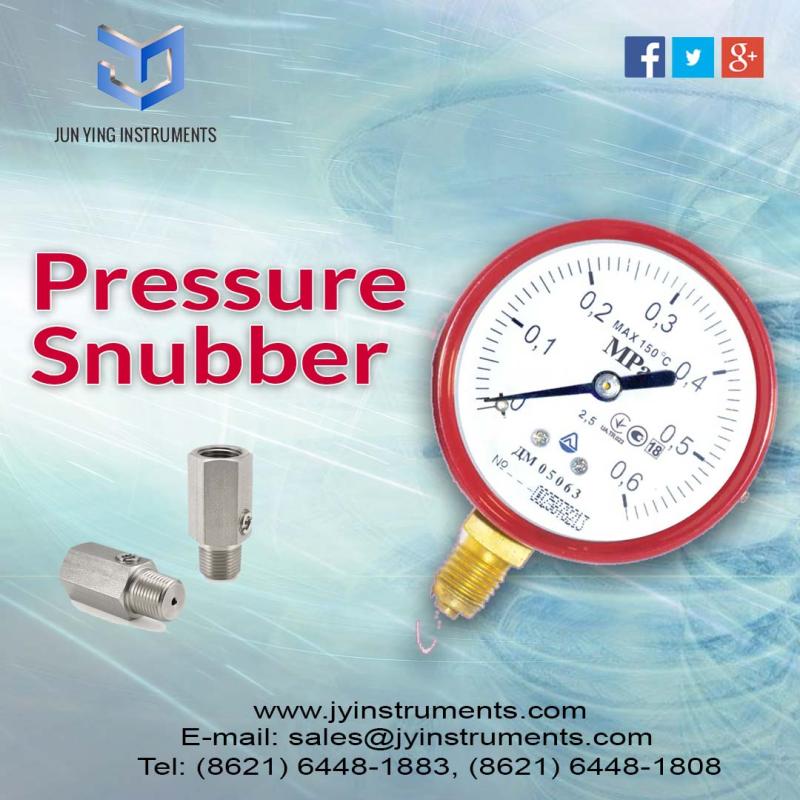What are the different mounting of pressure gauges?
Pressure gauges are vital instruments used across various industries to measure the pressure of gases and liquids within a system. The accuracy and reliability of these measurements depend significantly on the correct mounting of the gauges. At JY Instruments, we offer a wide range of pressure gauges designed to meet diverse application needs, each with specific mounting options to ensure optimal performance. This article explores the different mounting methods for pressure gauges and their applications.
Importance of Proper Mounting
Proper mounting of Panel mounted gauge is crucial for accurate measurements and the longevity of the instrument. The right mounting method ensures stability, reduces the risk of mechanical damage, and facilitates easy reading of the gauge. It also helps in minimizing the effects of vibration, temperature fluctuations, and external impacts that could otherwise compromise the accuracy of the pressure readings.
Types of Pressure Gauge Mountings
At JY Instruments, we provide various mounting options for pressure gauges to suit different applications and installation requirements. Here are the primary types of pressure gauge mountings:
1. Direct Mounting
Direct mounting is the simplest and most common method where the pressure gauge is mounted directly onto the process connection. This type of mounting is ideal for applications where the gauge can be easily accessed for reading and where the environmental conditions are not excessively harsh.
Applications:
- Industrial Processes: Direct mounting is commonly used in industrial settings for monitoring process pressures.
- HVAC Systems: It is suitable for HVAC systems where gauges need to be installed on piping systems or equipment.
- Hydraulic and Pneumatic Systems: Direct mounting is often used in hydraulic and pneumatic systems for real-time pressure monitoring.
2. Panel Mounting
Panel mounting involves installing the pressure gauge onto a panel or control board. This method is used when multiple gauges need to be centrally located for easy monitoring by operators. The gauges are typically mounted behind a panel with only the dial and pointer visible from the front.
Applications:
- Control Rooms: Ideal for control rooms where multiple pressure points need to be monitored.
- Manufacturing Plants: Used in manufacturing plants to monitor various stages of the production process.
- Laboratories: Suitable for laboratory settings where precision and centralized monitoring are required.
3. Surface Mounting
Surface mounting or wall mounting is a method where the RTD PT-100 is mounted onto a flat surface such as a wall or a control panel. This type of mounting is useful when the gauge needs to be elevated or positioned for better visibility and accessibility.
Applications:
- Chemical Processing: Surface mounting is commonly used in chemical plants for easy access and monitoring of pressure gauges.
- Oil and Gas Industry: Suitable for mounting gauges in refineries and oil rigs where space is limited.
- Water Treatment Facilities: Used in water treatment plants to monitor pressure levels in various stages of treatment.
4. Flush Mounting
Flush mounting involves installing the gauge so that the front of the gauge is flush with the panel surface. This method is often used for aesthetic purposes and to protect the gauge from damage.
Applications:
- Food and Beverage Industry: Flush mounting is ideal for environments that require easy cleaning and maintenance, such as food processing plants.
- Pharmaceutical Industry: Used in pharmaceutical manufacturing to maintain a hygienic environment.
- Marine Applications: Suitable for marine applications where the gauges need to be protected from harsh environmental conditions.
5. Remote Mounting
Remote mounting uses capillary tubing to connect the pressure gauge to the process connection. This method is used when the gauge needs to be positioned away from the actual process due to space constraints, high temperatures, or hazardous conditions.
Applications:
- High-Temperature Environments: Remote mounting is ideal for applications involving high temperatures that could damage the gauge.
- Hazardous Areas: Suitable for hazardous areas where direct exposure to the process could pose safety risks.
- Cryogenic Applications: Used in cryogenic processes to keep the gauge away from extremely low temperatures.
6. Bottom and Back Mounting
Bottom mounting and back mounting refer to the position of the pressure gauge’s connection. In bottom mounting, the connection is located at the bottom of the gauge, while in back mounting, it is positioned at the back.
Applications:
- Machinery and Equipment: Bottom and back mounting are commonly used in machinery and equipment where space and orientation are critical.
- Automotive Industry: These mounting options are suitable for automotive applications to monitor engine and system pressures.
- Aerospace: Used in aerospace applications where space constraints and vibration resistance are essential.
Conclusion
Proper mounting of Panel mounted pressure gauge is essential for accurate and reliable pressure measurement. At JY Instruments, we offer a variety of mounting options to meet the diverse needs of our customers. Whether you require direct mounting, panel mounting, surface mounting, flush mounting, remote mounting, or bottom and back mounting, we have the right solution for your application. By choosing the appropriate mounting method, you can ensure the longevity and performance of your pressure gauges, contributing to the overall efficiency and safety of your operations.









Comments